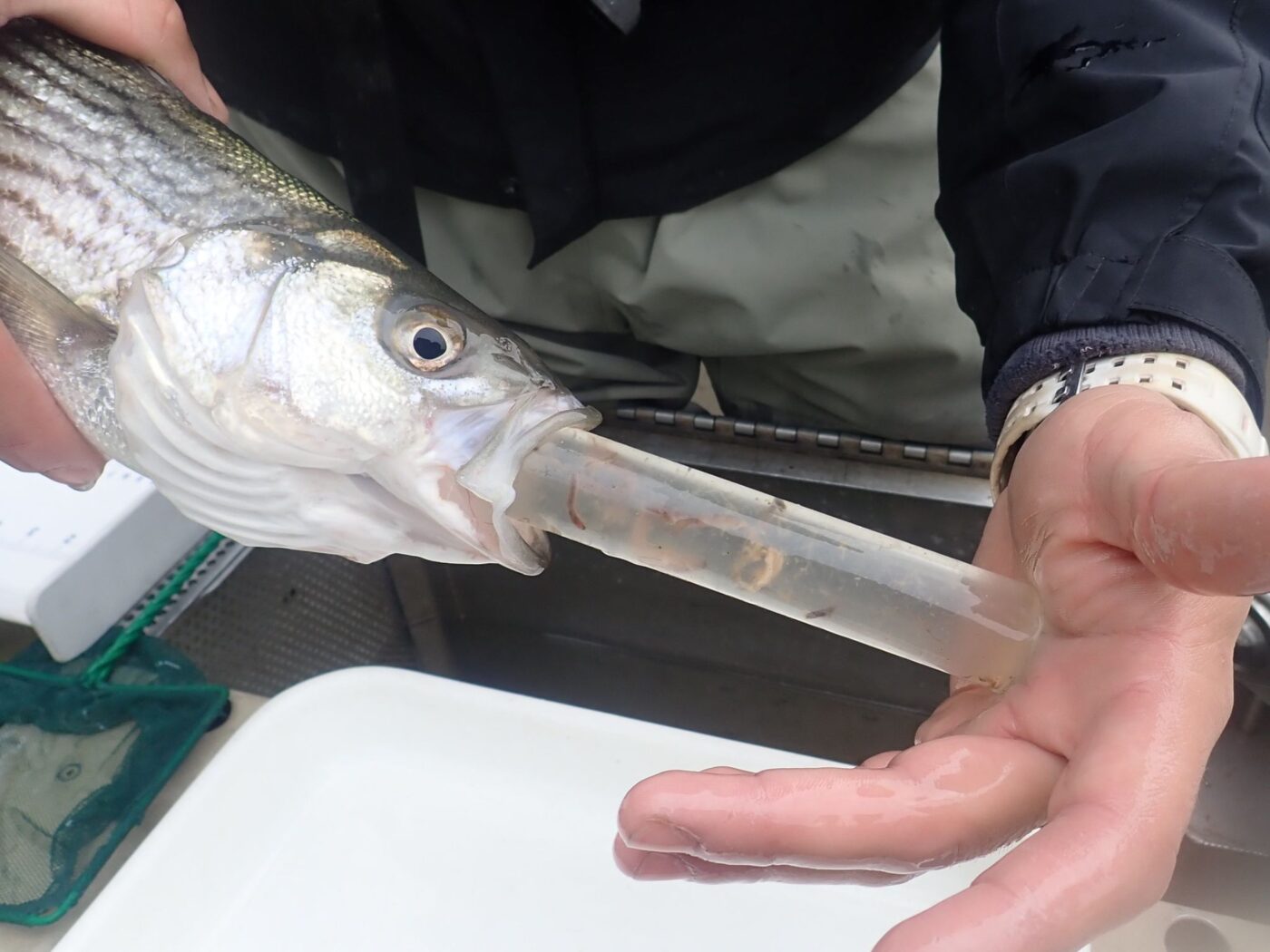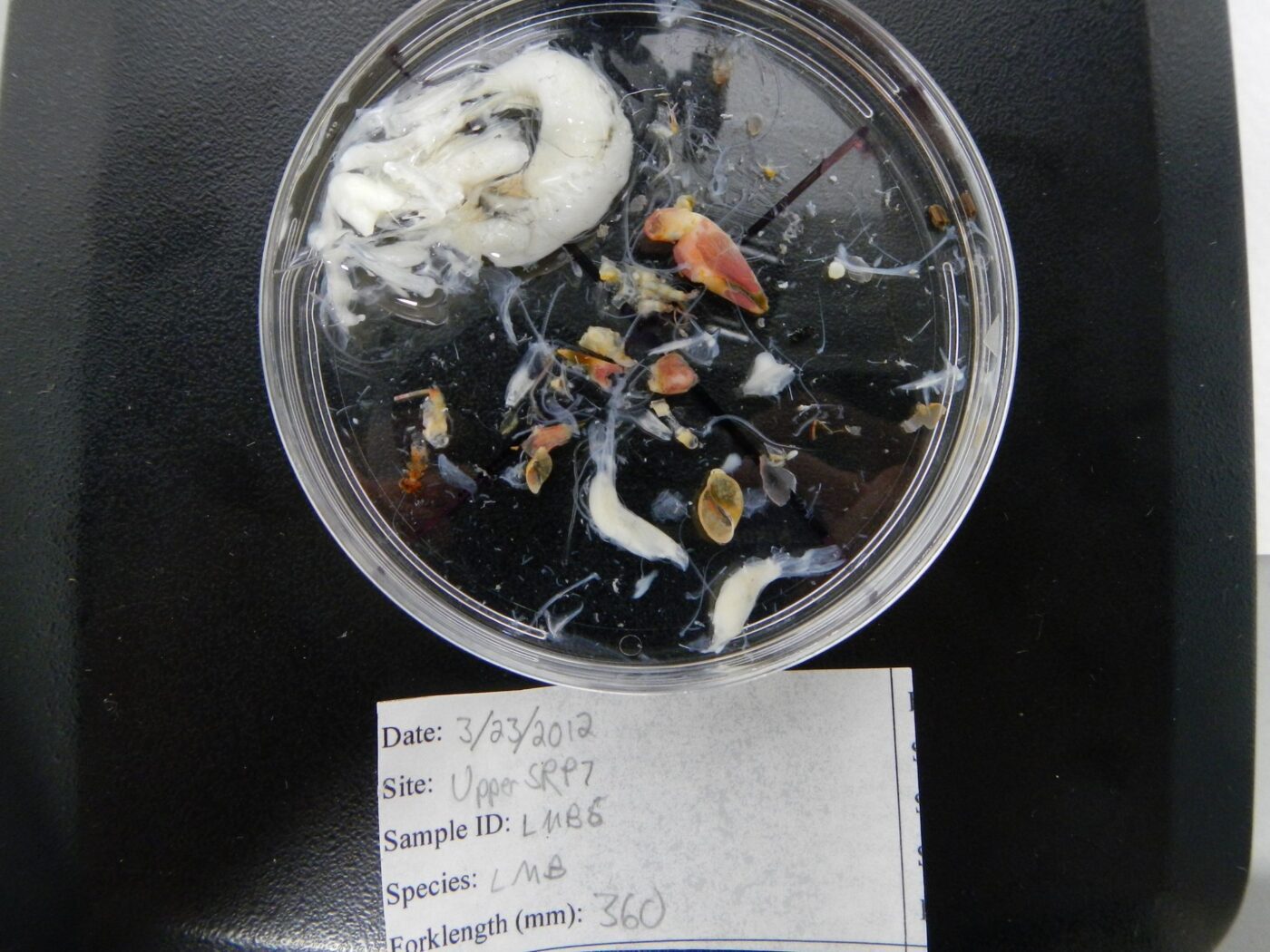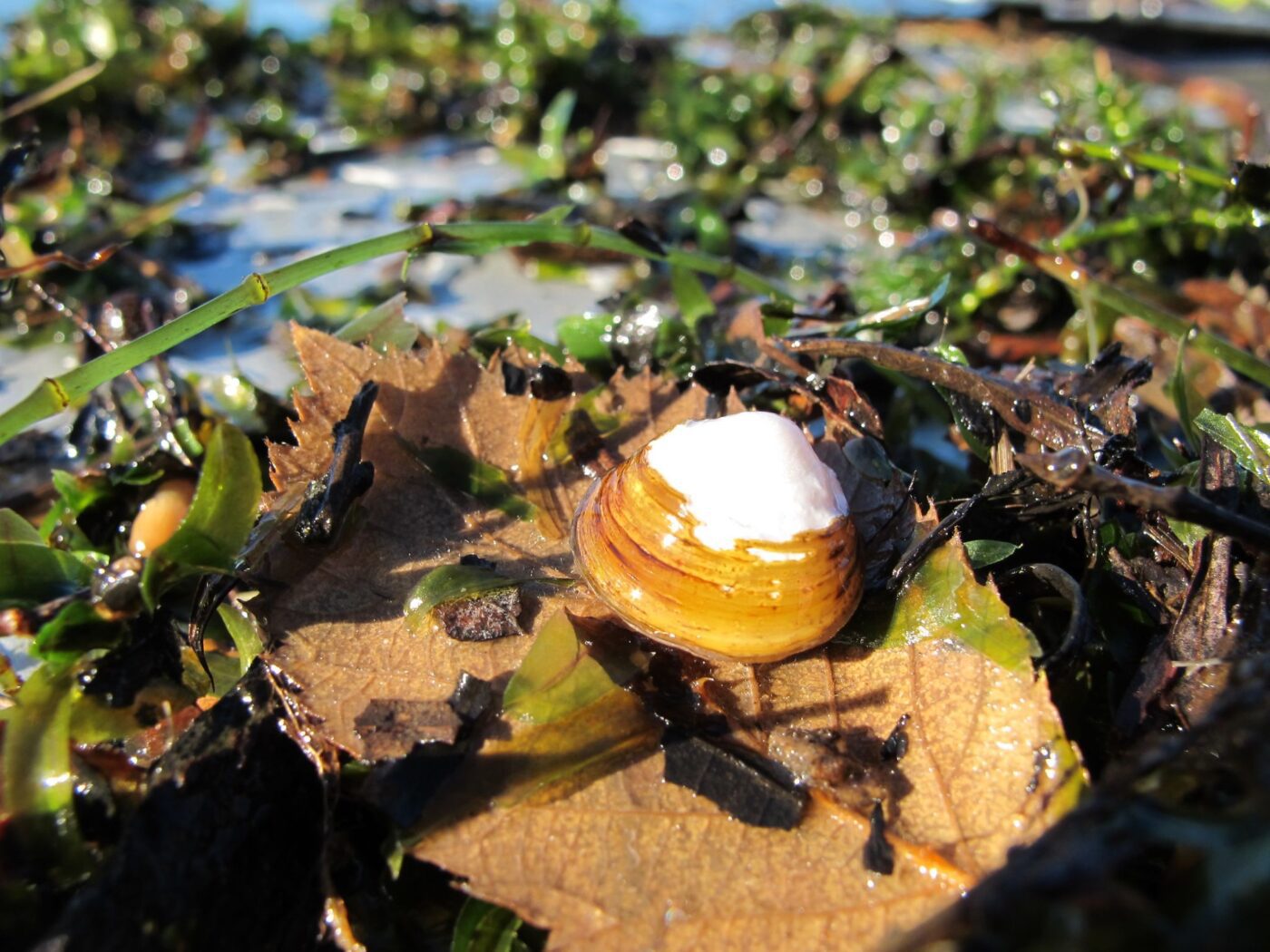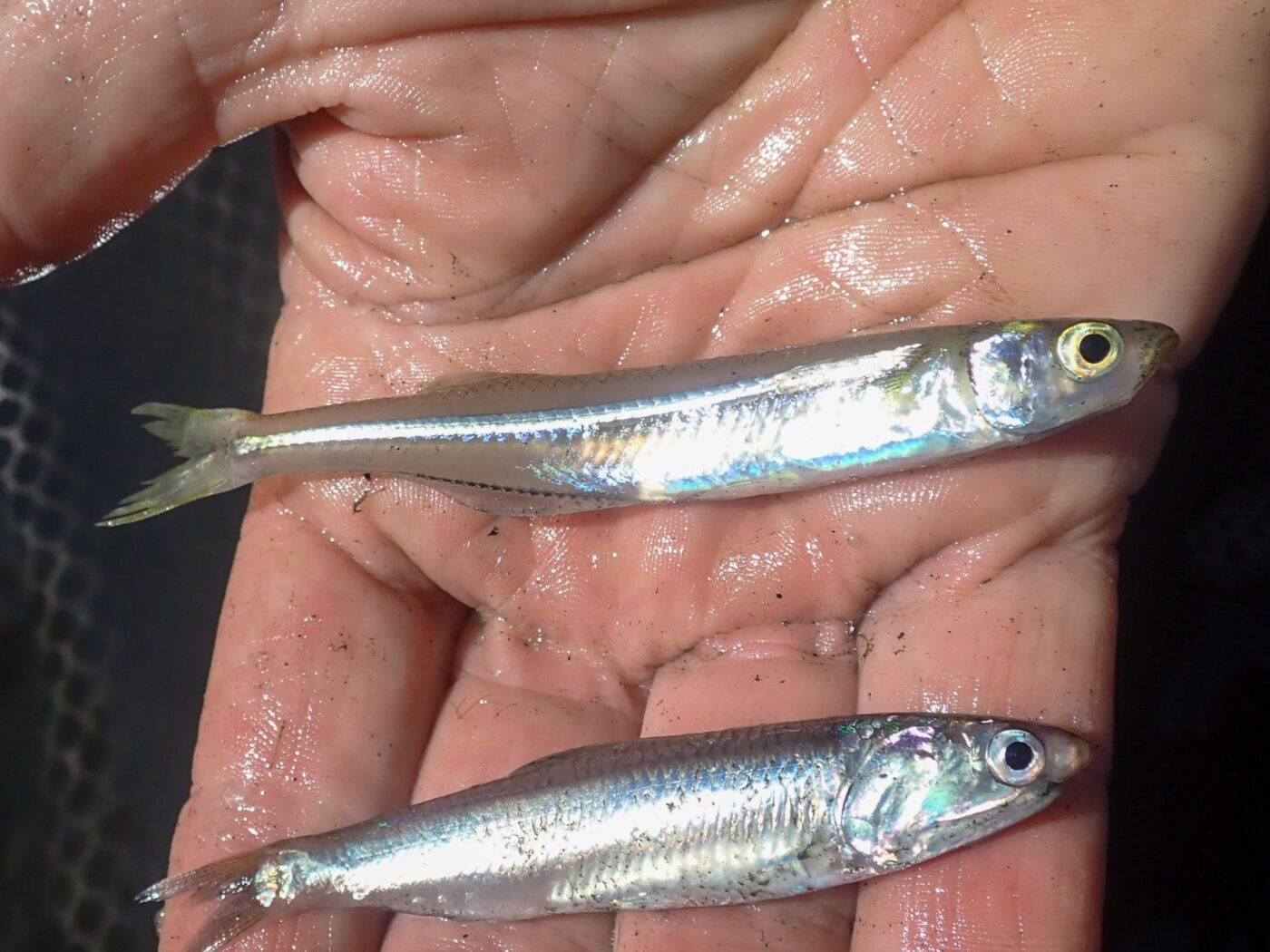Monday June 24, 2024

Studying fish diets opens a window into unseen interactions that sustain the aquatic world and shape the health of underwater ecosystems. Investigating a fish’s food preferences can reveal a wealth of information about its ecology; including predator-prey dynamics, how its dietary preferences may shift throughout its lifespan, and whether its diet and the food web in its habitat are changing in response to human development and climate change. By understanding a species’ diet, scientists can detect important ecosystem interactions and use that knowledge to develop improved management and conservation strategies.

Stomach samples ready for microscopic examination.
Perhaps the simplest and most commonly implemented way to study fish diets is by examining what fish have recently eaten. This can be performed through dissections, gastric lavage, and molecular analyses. In gastric lavage, a tube is put down the throat of the fish, and then filled with water to flush out the gut contents for examination, leaving the fish unharmed.
Molecular approaches such as metabarcoding of DNA can be performed in addition to visual identification of gut contents to identify prey that have been consumed. This is an especially helpful method when stomach contents are too degraded to visually identify individual prey items. These molecular approaches can provide insight into patterns in prey consumption. For example, in a 2020 study, DNA metabarcoding of fish stomach contents detected a prey switch in three native fish species in Lake Michigan that resulted from increased invasive species abundance.
In addition to gastric lavage and metabarcoding, stable isotopes can be analyzed to assess dietary trends over a fish’s lifespan, though this often requires lethal sampling. Using this method, scientists compare proportions of chemical elements like carbon and nitrogen in a fish’s tissue to elements found in its prey to determine what the fish ate throughout its life.

Stomach content collected from a Largemouth Bass (Micropterus salmoides).
For a threatened or endangered species, understanding what its predators are and which life stages are most vulnerable to predation can aid in informing recovery actions. Additionally, if a species’ food resources are depleted, learning about its dietary preferences can help inform actions to restore its prey base. For example, invasive clams (Corbicula fluminea) in the San Francisco Estuary are consuming phytoplankton and zooplankton at elevated rates. As a result, juvenile fish from endangered native species like delta smelt (Hypomesus transpacificus), that rely on zooplankton as a prey source, suffer from decreased food availability. Understanding this invasive species driven food web shift has inspired management strategies seeking to mitigate depleted food resources, like the North Delta Flow Action, which uses floodplains to boost plankton production in downstream reaches of the Bay-Delta.

An invasive freshwater clam (Corbicula species).
Beyond the community level, analyzing diets at individual life history stages allows scientists to understand how a fish’s diet shifts throughout its life. It is essential to track these changes in diet, especially when they result from changing environmental conditions. Climate change is a common culprit driving fish dietary shifts, with warming ocean temperatures altering the abundance of available prey. For example, a recent study inspected the stomach contents of around 2,500 fish to see how their diets were responding to climate change. The results suggested that fish are eating prey with lower energetic values but higher availability, which may decrease species persistence and biodiversity in the long run. Further, climate-driven shifts in prey availability may lead to significant fish health issues, as has been observed with the recent rise of thiamine deficiency in California salmon populations. Using diet studies to identify the ongoing effects of the changing environment on fish species grants scientists the ability to predict how fish populations may be affected by climate change and how to remedy those effects.

An inland silverside (Menidia berylina; top) and a northern anchovy (Engraulis mordax; bottom). Northern anchovies are a prey species that has been linked to the rise of thiamine deficiency in California salmon.
The knowledge gained through studying diets allows scientists to better understand the lifetime of resources required by a species for survival, which can be invaluable when creating conservation plans to support native biodiversity. Diet studies are also useful to evaluate the effects of management actions or environmental changes on the food web and the associated shifts that may occur in fish populations. Analyzing fish diets not only reveals what a fish is eating, but also provides essential information about ecosystem and environmental health and can guide conservation and management approaches.
Header Image Caption: Collecting a diet sample from a striped bass via gastric lavage.
This post was featured in our weekly e-newsletter, the Fish Report. You can subscribe to the Fish Report here.
